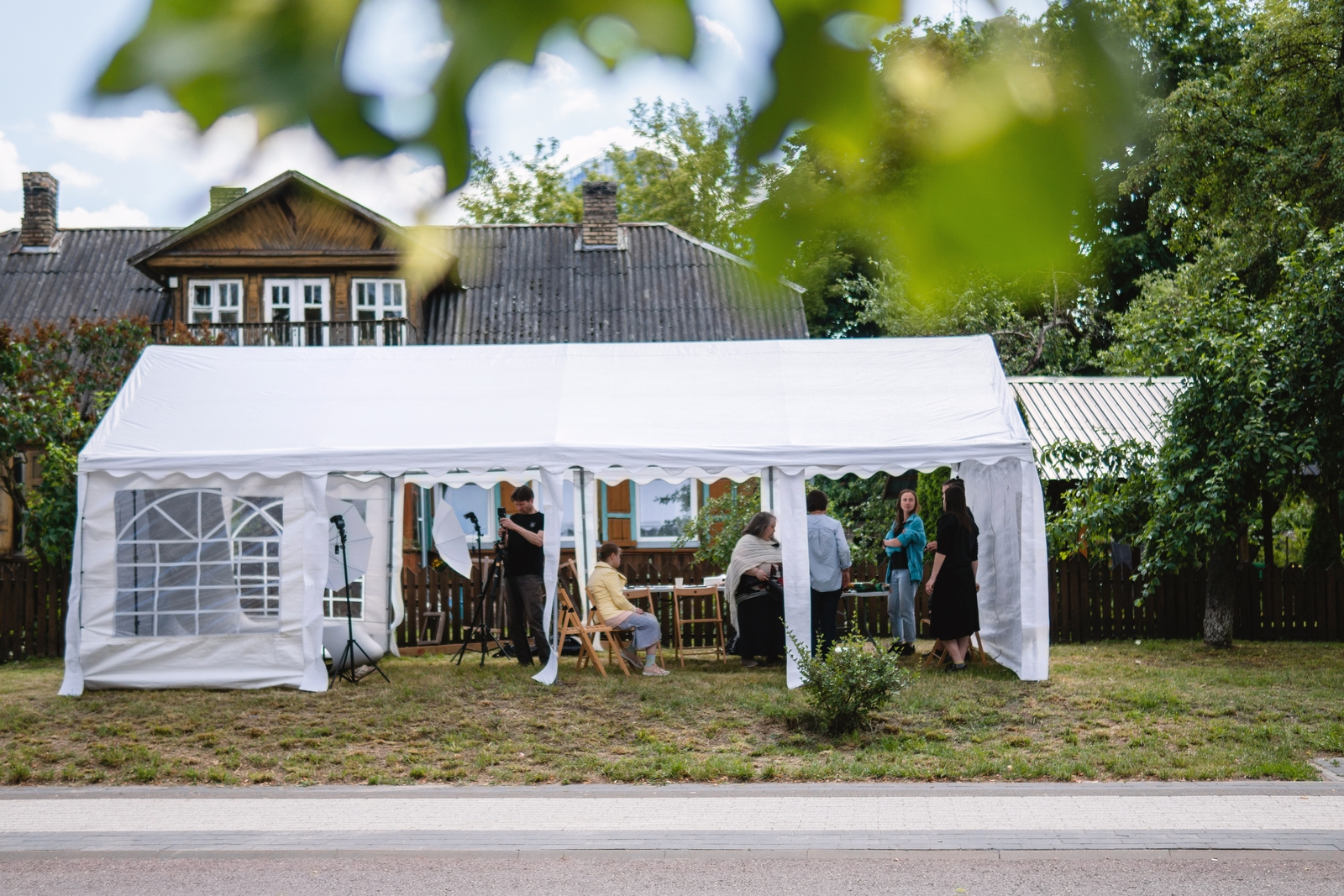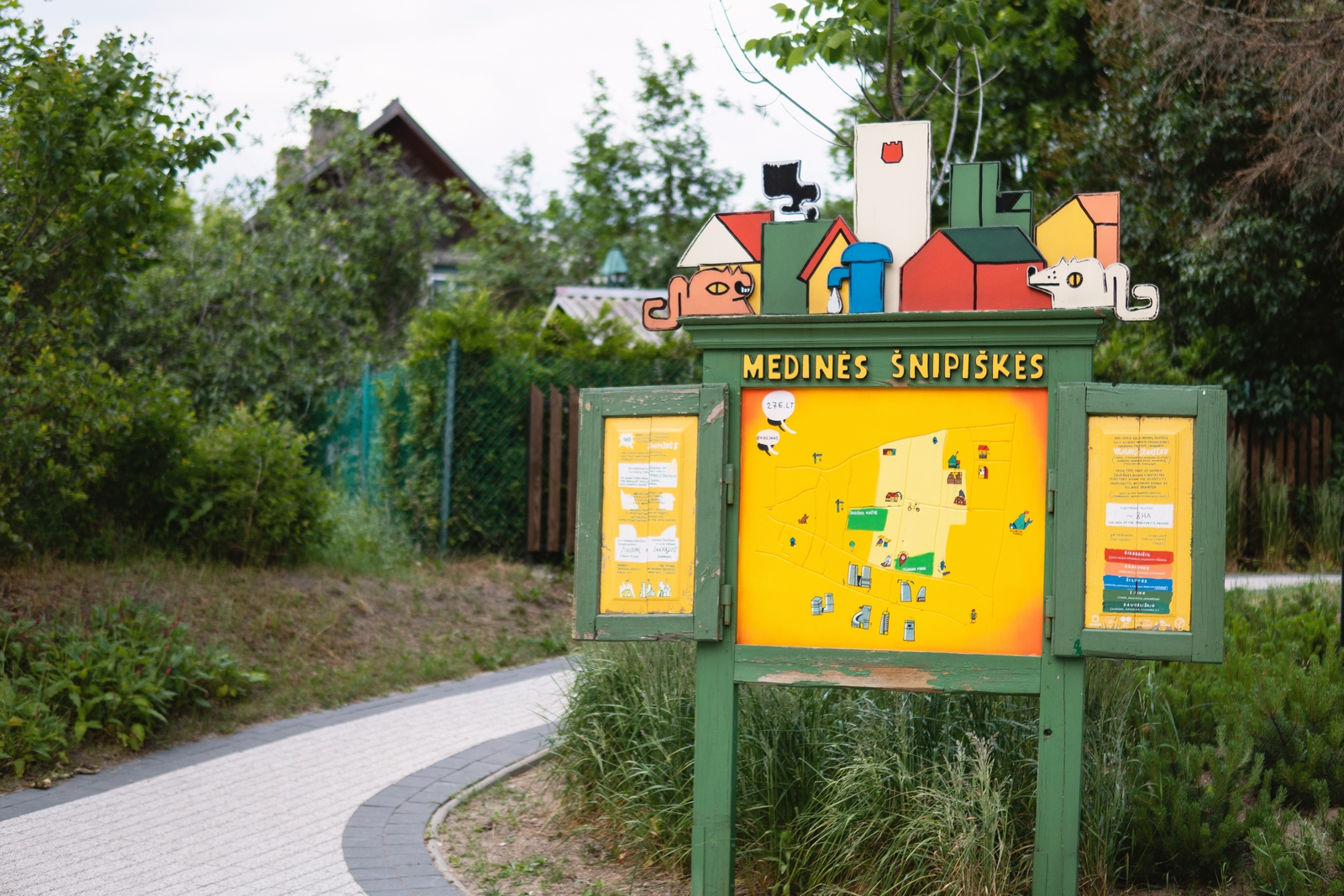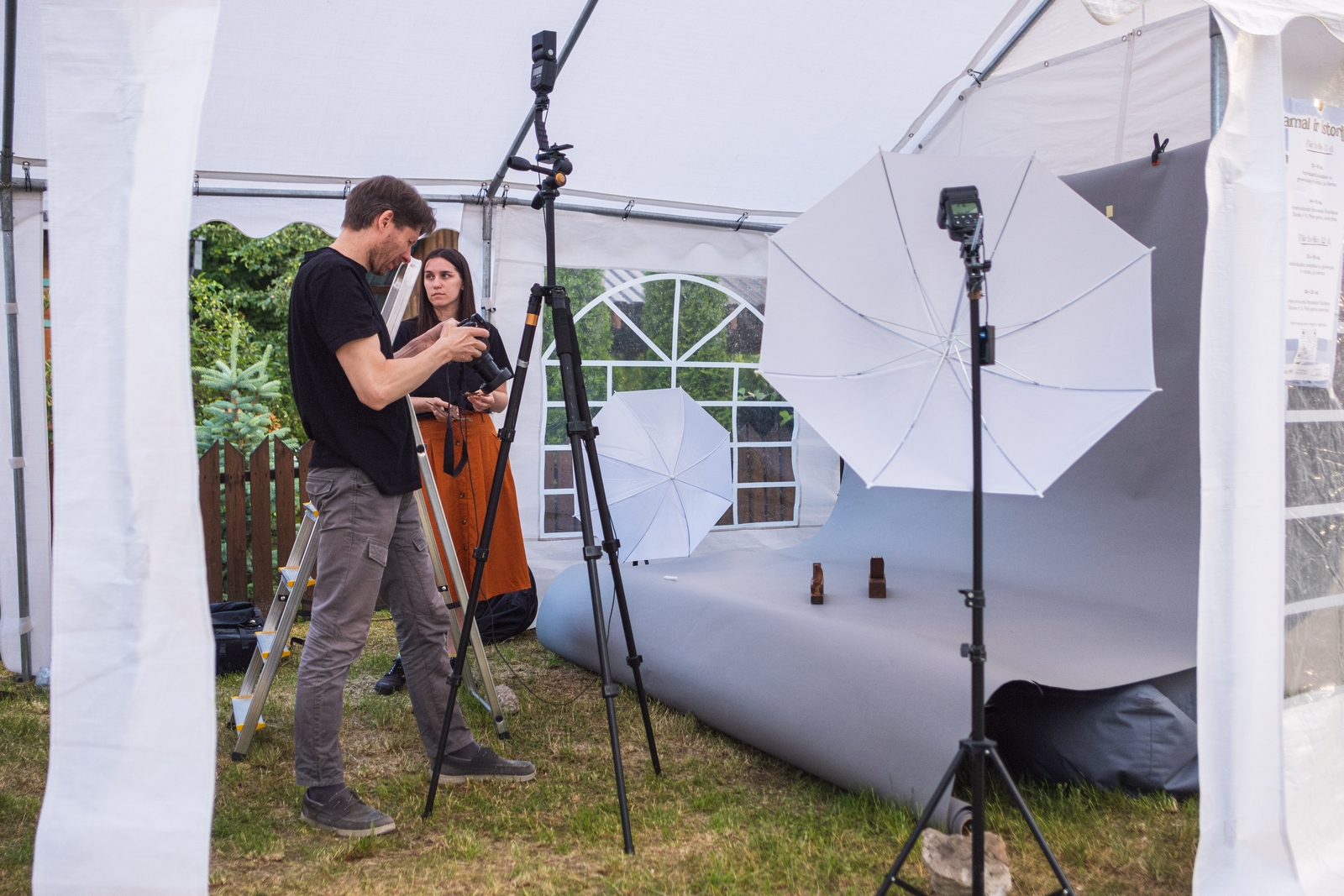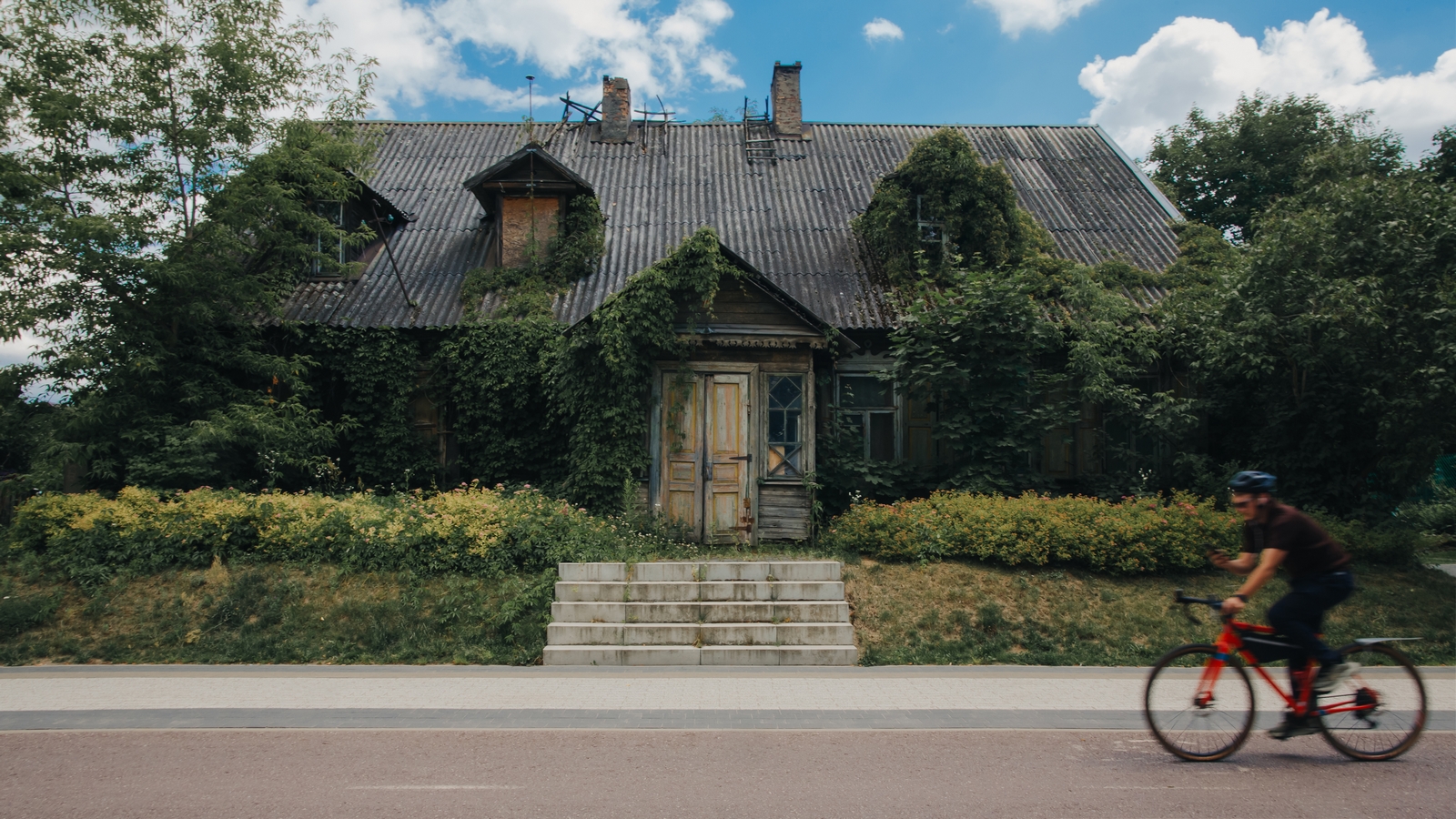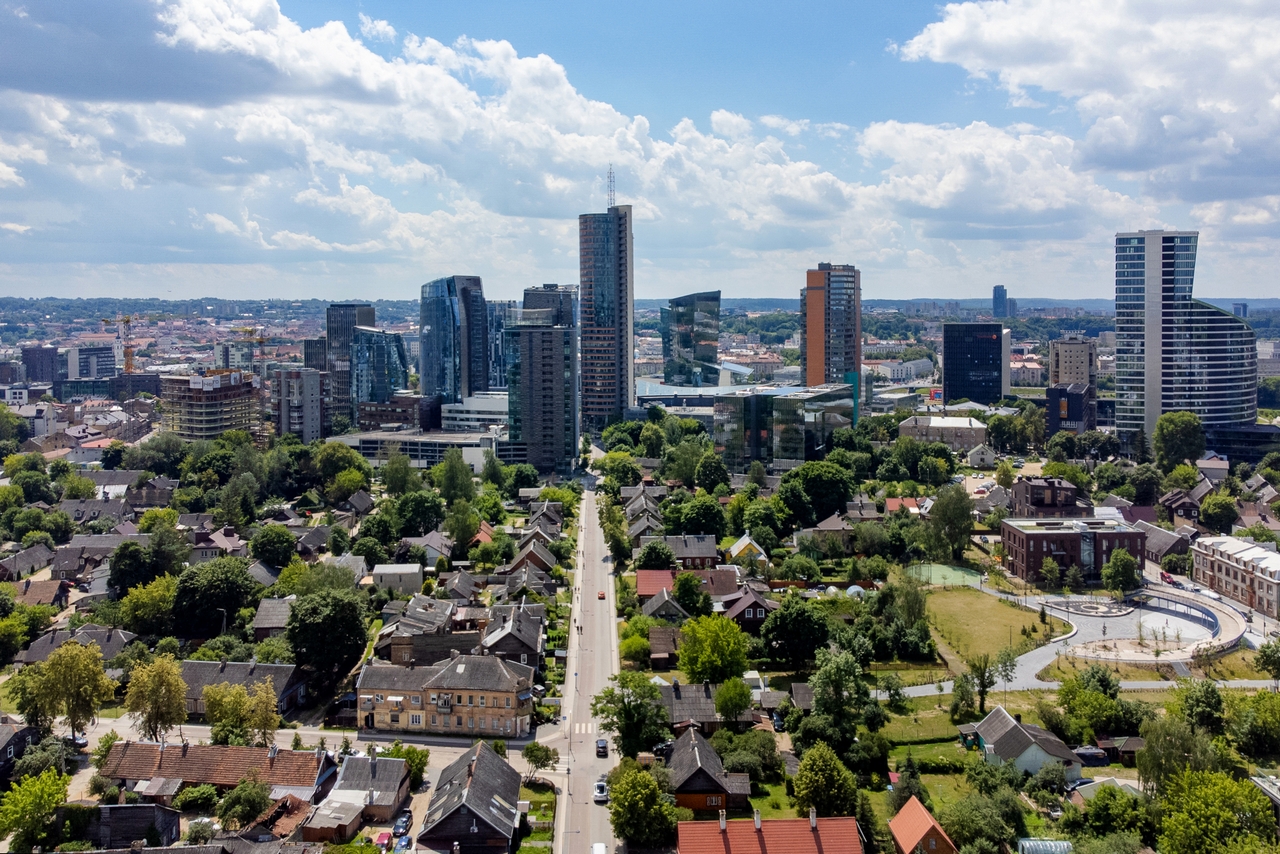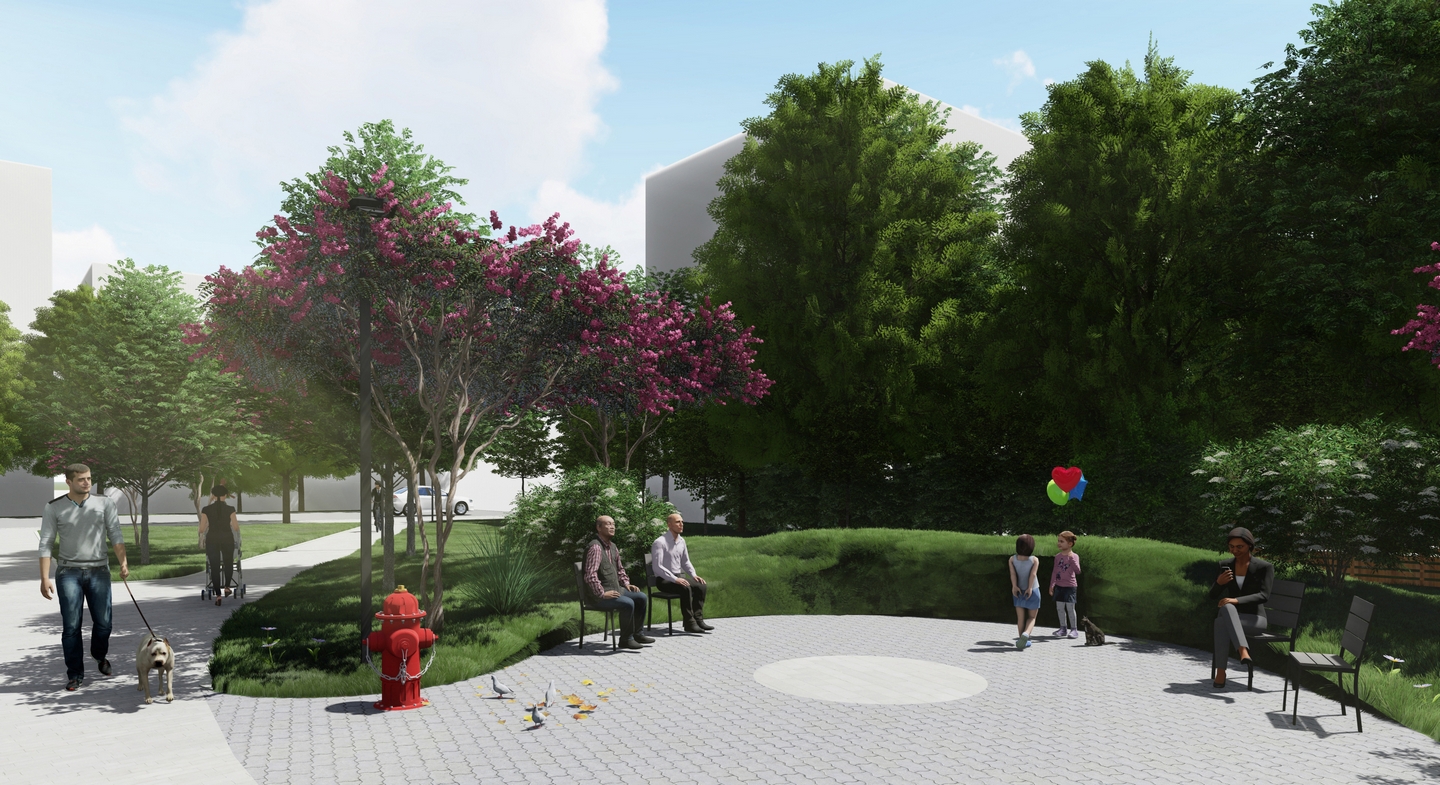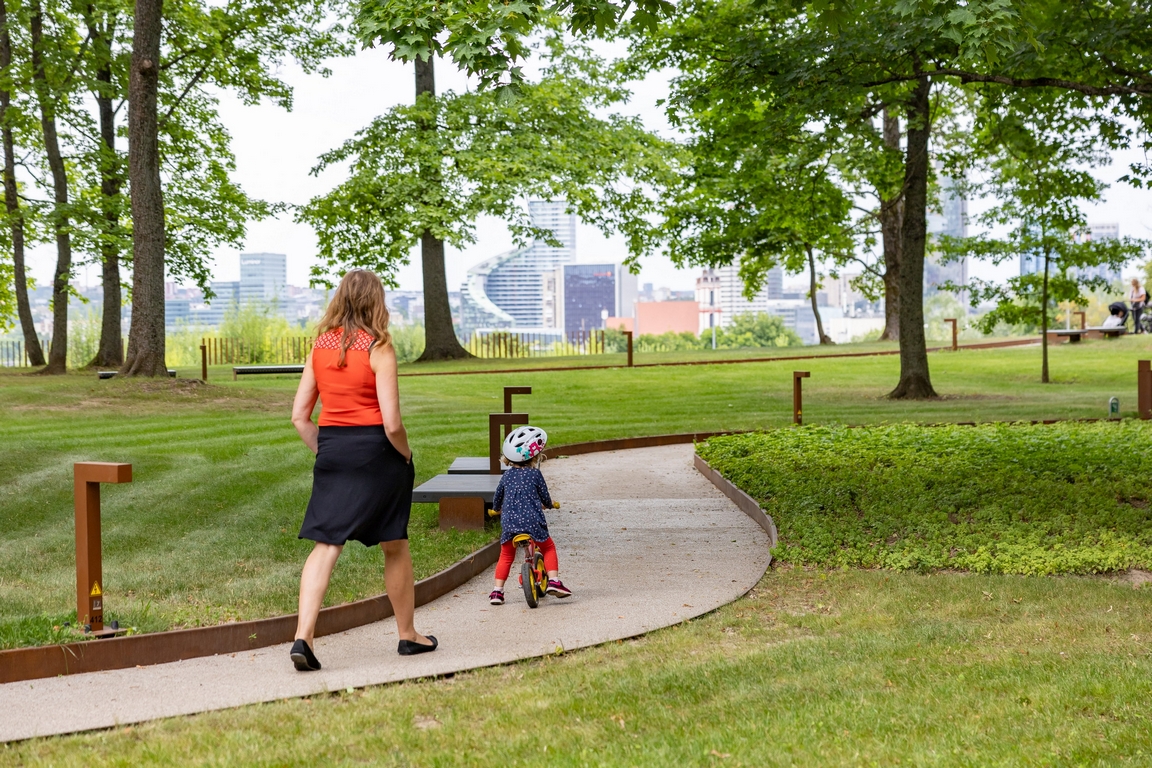Šnipiškės, located next to Vilnius’ skyscraper district, has become one of the most changing and fastest developing parts of the city in recent years. While modernising the living environment, it has become equally important to preserve the cultural heritage of this historic district and to create a clear vision for it. The local population is increasingly involved in these processes. At the beginning of June, the event “Houses and Stories” took place for two days in the wooden Šnipiškės. During the event, all interested residents of Šnipiškės were able to present valuable and interesting objects found in their yards, which were photographed and documented. https://www.youtube.com/watch?v=V72OqXiJ08A According to Dalia Cibauskaitė, an elder of Giedraičiai, Šnipiškės has a very contrasting character, and this contrast is the value of the district – what has been preserved over the centuries, the historical foundation on which to build a new one, all while respecting, combining and adapting it all. “The community of Šnipiškės and the spaces around it is not just the old or the new residents of the little trees that have moved in. It is also the people who work in the skyscrapers of the business centres, the newcomers who live in the new-build houses, and the entrepreneurs who buy, renovate and rent out their homes. All residents have an important voice in the modernisation of a neighbourhood, because they know the issues best. They may not always know how to solve them, but they are capable of naming them. However, real involvement is only possible if this municipal conservation area has a vision and a way of implementing it,” says Cibauskaitė.
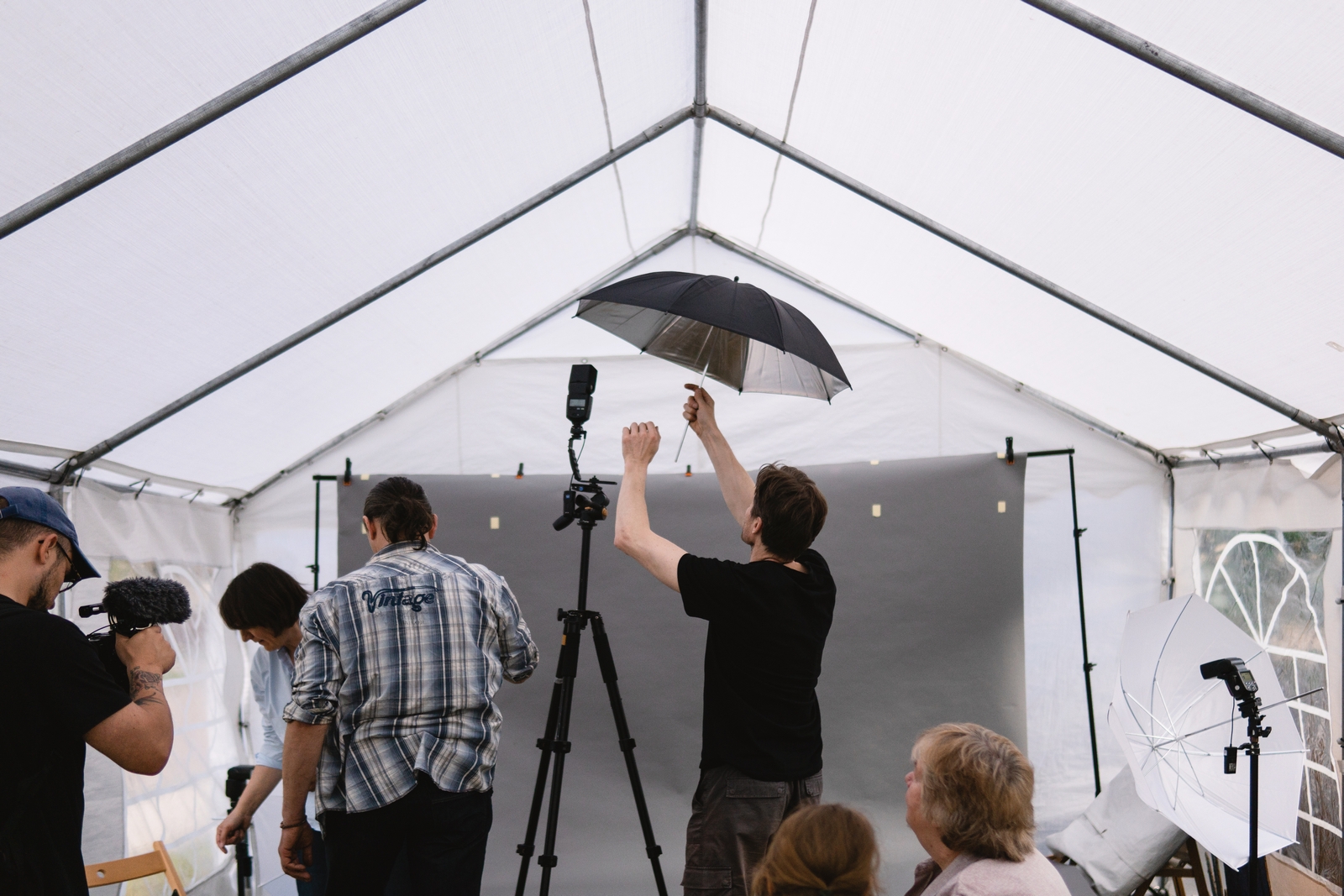
Concerned about the past and the future
The wooden houses of Šnipiškės and Giedraičių Street are classified as cultural heritage, and various projects are being carried out to mobilise and involve the inhabitants of wooden Šnipiškės in the revitalisation of the cultural heritage of this historic area. Gabrielė Janilionytė, Public Engagement Specialist at ID Vilnius, says that the local population is mobilised through various initiatives that allow them to see that not only the land on which the wooden houses stand has value, but also the buildings themselves, the objects they contain, and the people’s stories. “There are really enterprising people who are interested in what is going on, collecting various things. For example, when they hear that an old building is being demolished, they go and collect the old or interesting things they find, then they collect and preserve them. At the beginning of June, we organised an event “Houses and Stories” in Šnipiškės, where we invited people to come and tell their stories and show the interesting things they have and take photos of them. We received a lot of items and stories. One man brought a find from where the municipality building now stands, another resident brought swords she found when she moved to Šnipiškės, and we will exhibit these items in next year’s exhibition about Šnipiškės,” she says.

D. Cibauskaitė, an elder of Giedraičiai, says that the further the project goes, the more often it tries to involve local residents and asks for their opinion. It is true that people’s desires for their living environment have always been the same: security, warm homes, nice yards. It is just that people themselves may not always know how to achieve this, and should be helped by those who have the knowledge, the power, the intelligence and the financial capacity.
Inviting people to build a vision together
Gintarė Kapočiūtė, a partner of the architecture and urban planning agency Bluma collective, who has been meeting with Šnipiškės residents, says that cooperation between Vilnius City Municipality and Šnipiškės residents can help shape a viable vision for the district. It could also be born from the thoughts of the local residents themselves, which is why they are trying to talk to Šnipiškės residents to find out what they think Šnipiškės is like today and what it could be like in the future. According to the residents of wooden Šnipiškės, the most valuable aspects of the district are the wooden houses, the contrast between them and modern skyscrapers, and the cobbled streets of Šilutė and Saracėnai. Many mention the old trees – lilacs and lime trees, the wooden storerooms that have become a kind of fence between plots. The contact with the land is also important to the inhabitants – not only gardens or flowerbeds, but also literally being on the land. Cannabis is also a local legend, as there used to be cannabis outlets in the area, and nowadays, it is said, a plant sprouts spontaneously in the corners. “During the conversations, residents also shared their thoughts on what the wooden Šnipiškės might smell like – lilacs, what the most photographed images of the district might be – houses with skyscrapers in the background, what the specialities of the wooden Šnipiškės are, and what they will be – apple jam, cherry jam, sumac, beigeliai. All this information is valuable for finding solutions for the territory, for protecting it and for creating a vision for the district,” says G. Kapočiūtė.

Open courtyards invite you to “spy”
According to D. Cibauskaitė, in September, together with the Cultural Heritage Protection Department of Vilnius City Municipality, ID Vilnius and Bluma Collective, it is planned to organise a second edition of the Open Doors and Courtyards Days in Šnipiškės during the European Heritage Days. “The courtyards and doors of the residents will be open, and it will be possible to go through the map and visit the mysterious 276th courtyard, visit the Doll’s House on S. Fino Street, listen to the fairy tales of Mrs Vidonija from Snipiškės, see the magical rituals of the chief Lithuanian witch, and see the new works of art by the street artist Pijus Čeikauskas, which are specially designed for the area. We are trying to involve professional young artists living in wooden Šnipiškės, entrepreneurs, and simply creative residents, while residents of other districts, cities, and countries are invited to “spy” and enjoy what is still left in wooden Šnipiškės and what is already emerging”, she says. According to Janilionytė, locals want to be seen, and for Vilnius residents, such events can help to get rid of the stereotypes about wooden Šnipiškės that are sometimes still present. “Šnipiškės, like other residential areas, is an ever-changing part of the city, and it is largely made by people. It is understandable that there are various regulations and restrictions, but it is always good to hear people’s opinions when talking about possible visions for the future of the district. The fact that Šnipiškės has a lot of cultural heritage does not mean that it has to become a second Rumšiškės, nor do the local people want it to. They want a lively, orderly district, where the past, present and future merge harmoniously,” summarises the ID Vilnius representative.
